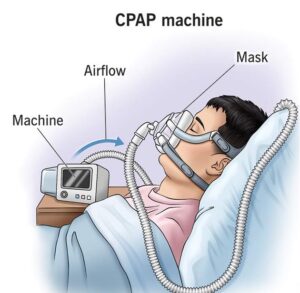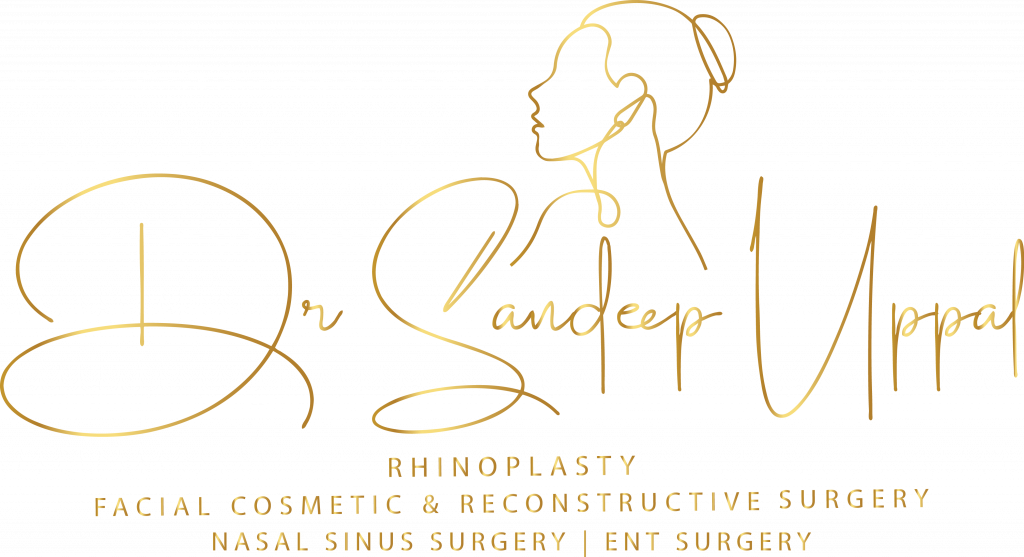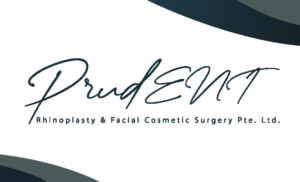What is CPAP?

CPAP (Continuous Positive Airway Pressure) is a widely used non-invasive therapy for individuals suffering from obstructive sleep apnea (OSA) and other respiratory disorders. The CPAP machine delivers a continuous stream of pressurized air through a mask, keeping the airway open and preventing episodes of apnea (temporary cessation of breathing) during sleep.
How CPAP Works
CPAP therapy functions by providing a constant flow of air at a prescribed pressure level, which keeps the upper airway from collapsing during sleep. The key components of a CPAP system include:
- CPAP Machine: Generates the airflow and maintains the required pressure.
- Tubing: Connects the machine to the mask, delivering the pressurized air.
- Mask: Worn over the nose, mouth, or both to ensure effective delivery of air.
- Humidifier (optional): Helps to add moisture to the airflow to prevent dryness and irritation.
- Filters: Remove dust and allergens from the air before it enters the airway.
Modern CPAP machines come with advanced features such as auto-titrating (APAP) settings, data tracking, and heated tubing to enhance patient comfort and compliance.
Types of CPAP Devices and Masks
CPAP therapy is not a one-size-fits-all solution. Various devices and masks are available to cater to individual patient needs:
Types of CPAP Machines:
- Fixed-Pressure CPAP: Delivers air at a constant pre-set pressure.
- Auto-Adjusting CPAP (APAP): Automatically adjusts the pressure based on real-time airway resistance.
- Bilevel Positive Airway Pressure (BiPAP): Provides two pressure levels—higher for inhalation and lower for exhalation, suitable for patients with pressure intolerance or respiratory disorders like COPD.
- Portable and Travel-Friendly CPAP Devices: Compact, battery-operated CPAP machines designed for individuals who travel frequently.
Types of CPAP Masks:

- Nasal Masks: Cover only the nose; suitable for those who breathe through the nose.
- Full-Face Masks: Cover both the nose and mouth; recommended for mouth breathers.
- Nasal Pillow Masks: Small, lightweight devices that sit at the nostrils, providing a less invasive fit.
Alternative Therapies for CPAP-Intolerant Patients
For patients who struggle with CPAP compliance, alternative treatment options include:
- Oral Appliances: Custom-fitted devices that reposition the jaw and tongue to keep the airway open.


- Positional Therapy: Encourages side sleeping to reduce airway obstruction.
- Hypoglossal Nerve Stimulation: A surgically implanted device that stimulates airway muscles to prevent collapse.
- Surgical Interventions: If anatomical abnormalities contribute to OSA, surgical correction may be required.
Psychological and BehavioUral Strategies for CPAP Compliance
Improving adherence to CPAP therapy often requires addressing psychological and behavioural factors. Strategies include:
- Cognitive Behavioural Therapy (CBT): Helps patients overcome anxiety or claustrophobia associated with mask use.
- Relaxation Training: Breathing exercises and mindfulness techniques can ease initial discomfort.
- Patient Support Groups: Encouraging discussions with other CPAP users can improve motivation and adherence.
Children and CPAP Therapy
While CPAP is commonly used for adults, it can also be beneficial for paediatric patients with sleep apnea. Special considerations include:
- Adjusting Pressure Levels: Paediatric CPAP settings differ from adult settings and require careful monitoring.
- Custom-Fitted Masks: Smaller, softer masks are available for children.
- Behavioural Support: Parents and caregivers play a crucial role in ensuring adherence.
Insurance and Cost Considerations
CPAP therapy can be costly, but various financial options are available:
- Insurance Coverage: Many insurance providers cover CPAP machines, masks, and accessories under durable medical equipment (DME) benefits. Please check about your coverage with your insurance provider.
- Reimbursement Options: Some healthcare plans offer partial reimbursement based on compliance reports.
- Affordability Programs: Manufacturers and healthcare providers may offer financial assistance programs for patients in need.
Pressure Settings and Their Impact
CPAP pressure settings are measured in centimetres of water pressure (cmH₂O) and typically range between 4 to 20 cmH₂O. Higher pressures may be necessary for severe cases of OSA but can lead to discomfort and complications such as:
- Mask Leakage: High pressures can cause the mask to lift, reducing effectiveness and causing air leaks.
- Dryness and Irritation: Increased airflow may dry out the nasal passages and throat.
- Aerophagia (Swallowing Air): Can lead to bloating and gastric discomfort.
Troubleshooting High Pressure, Leakage, and Dryness
When a patient experiences difficulties due to high CPAP pressures or related issues, the following remedies can help:
- Mask Adjustments: A proper fit can reduce air leaks and discomfort.
- Pressure Ramp Feature: Gradually increases pressure over time to ease adaptation.
- Humidification Settings: Increasing humidity can alleviate dryness and irritation.
- Heated Tubing: Prevents condensation and keeps air comfortable.
- Mouth Leak Control: Chin straps can help keep the mouth closed when using a nasal mask.
- Switching to a BiPAP Device: If pressure intolerance persists, BiPAP may be a better alternative.
Surgical Options for Patients Who Cannot Tolerate CPAP Due to Nasal Blockage
If CPAP is not tolerated due to nasal obstruction, surgical interventions may be considered to improve nasal airflow before reconsidering CPAP therapy. The first-line surgical options include:
- Nasal Septoplasty: Corrects a deviated nasal septum to improve airflow.
- Turbinate Reduction: Shrinks enlarged turbinates to reduce nasal resistance.
- Endoscopic Sinus Surgery: Clears nasal polyps or chronic sinus blockages that contribute to obstruction.
- Functional Rhinoplasty: Addresses structural nasal issues that compromise breathing.
- Palatal or Tongue Base Surgery: In select cases, procedures such as UPPP (Uvulopalatopharyngoplasty) or tongue base reduction may be needed if nasal interventions do not sufficiently resolve OSA.
Follow-Up and Long-Term Management
Regular follow-up is crucial for ensuring the effectiveness of CPAP therapy. Recommended follow-up strategies include:
- Initial Follow-Up (1-2 Weeks After Initiation): To assess comfort, adherence, and potential side effects.
- Ongoing Monitoring: Regular follow-ups every 3-6 months to evaluate compliance, address concerns, and adjust settings if needed.
- Data Monitoring: Many modern CPAP machines offer compliance tracking and remote monitoring to help healthcare providers assess effectiveness.
- Addressing Barriers: Identifying and mitigating adherence barriers through troubleshooting and patient education.
Conclusion
CPAP therapy is a life-changing treatment for individuals with sleep apnea and other respiratory disorders. While complications and adherence challenges exist, proper mask fitting, patient education, and follow-up can significantly enhance compliance and improve patient outcomes. If CPAP cannot be tolerated due to nasal blockage, addressing nasal obstruction surgically can be a crucial first step before reconsidering CPAP use. Regular follow-ups and adjustments help ensure the long-term success of CPAP therapy, leading to better sleep quality, reduced daytime fatigue, and improved overall health.
Take Control of Your Sleep & Health – Expert Care Awaits!
If you or a loved one is struggling with sleep apnea or CPAP compliance, expert guidance can make all the difference. Dr. Sandeep specializes in sleep apnea management, surgical interventions for nasal obstruction, and personalized treatment plans tailored to your needs. Schedule a consultation today to explore the best options for improving your sleep and overall well-being!


